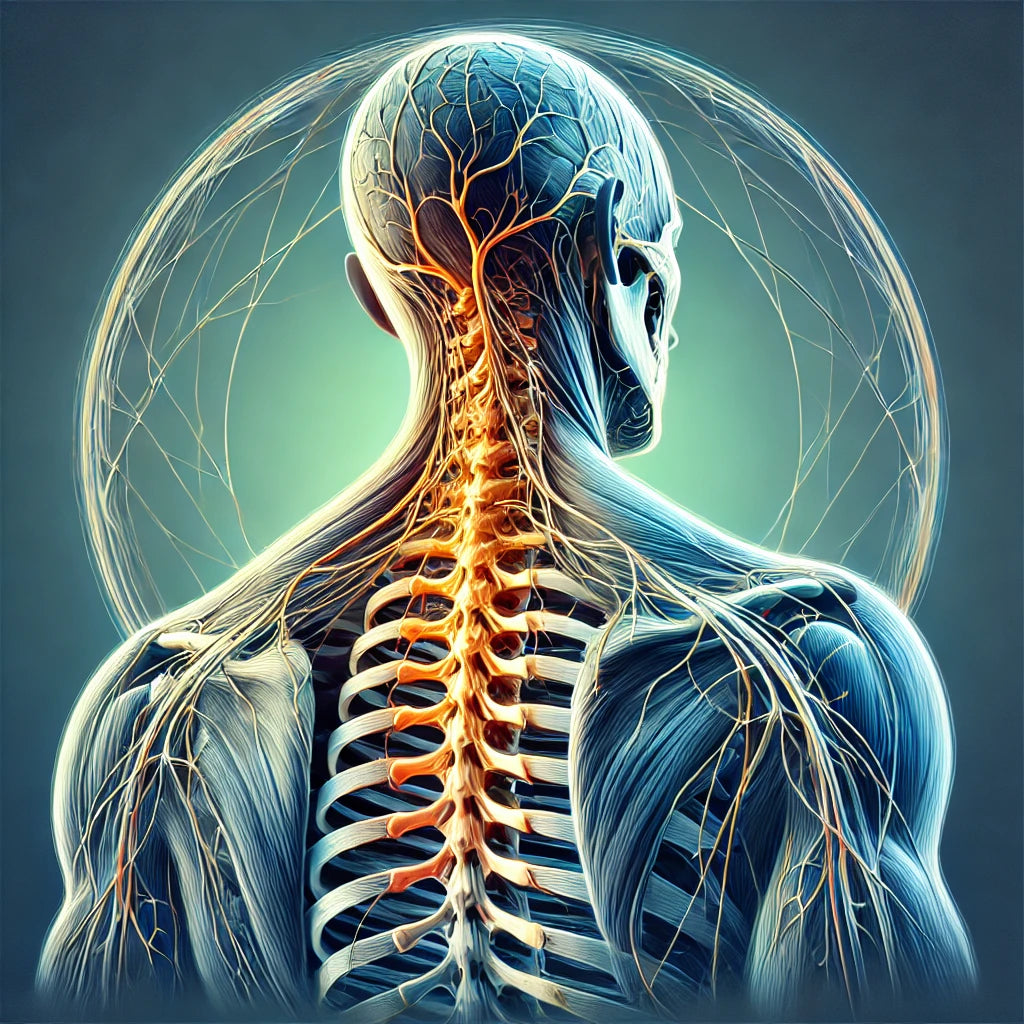News — muscle weakness
Osteomalacia: Decoding the Soft Bone Disease and Finding Firm Solutions
alkaline phosphatase bone density bone health bone mineralization bone pain bone rebuilding bone strength bone support supplement calcium malabsorption muscle weakness osteomalacia osteoporosis vs osteomalacia phosphate rickets skeletal health soft bone disease vitamin D deficiency
When your bones begin to weaken from within, you might not notice right away. But over time, subtle symptoms like muscle weakness, bone pain, and fatigue start to whisper that something is wrong. This is the reality of osteomalacia—a lesser-known yet serious condition where bones become soft due to impaired mineralization. Unlike osteoporosis, which makes bones brittle, osteomalacia makes them bend and ache.
Often linked to vitamin D deficiency, osteomalacia can affect people of all ages, especially those with limited sun exposure, malabsorption issues, or specific dietary imbalances. In this article, we’ll uncover the causes, signs, and solutions of this “soft bone disease” so you can protect your skeletal strength and reclaim stability. Let’s decode osteomalacia and explore effective, firm solutions for lasting bone health.
Duchenne Muscular Dystrophy: Symptoms, Causes, and Treatment
caregiver resources dmd clinical trials dmd diagnosis dmd symptoms dmd treatment duchenne muscular dystrophy duchenne vs becker dystrophin deficiency exon skipping gene therapy dmd genetic disorders heart complications dmd muscle weakness muscular dystrophy in children muscular dystrophy progression muscular dystrophy research pediatric muscular dystrophy physical therapy dmd respiratory care wheelchair support
Duchenne Muscular Dystrophy (DMD) is one of the most severe and common types of muscular dystrophy, primarily affecting boys in early childhood. Characterized by progressive muscle weakness and degeneration, this genetic disorder impacts every aspect of life—from mobility and heart function to respiratory health and emotional well-being. Though it currently has no cure, advancements in research and treatment are helping patients live longer, more fulfilling lives than ever before.
Understanding the full scope of DMD—including its symptoms, genetic causes, diagnostic process, and current treatment options—is essential for affected families, caregivers, educators, and medical professionals. This guide will walk you through everything you need to know about Duchenne Muscular Dystrophy, offering a clear and compassionate overview of what to expect and how to manage this challenging condition.
Cervical Stenosis and Muscle Weakness: A Guide to Management
cervical spine cervical stenosis cervical stenosis surgery cervical stenosis symptoms muscle weakness muscle weakness treatment neck exercises neck pain relief nerve compression physical therapy spinal cord compression spinal health spinal stenosis treatment spine health stenosis management
Cervical stenosis is a condition that occurs when the spinal canal in the neck narrows, placing pressure on the spinal cord or nerves. This can lead to various symptoms, including pain, stiffness, and one of the most concerning effects: muscle weakness. Over time, if left untreated, the muscle weakness caused by cervical stenosis can affect mobility, coordination, and overall quality of life. Understanding how to manage this condition is key to preventing further complications and maintaining physical function.
Fortunately, there are several treatment options available to help manage the symptoms of cervical stenosis, including therapies that focus on relieving nerve compression and strengthening affected muscles. Whether through physical therapy, medications, or, in more severe cases, surgery, the goal of treatment is to reduce pain, restore muscle strength, and improve the patient’s ability to perform daily activities. This guide will explore the causes of cervical stenosis, how it leads to muscle weakness, and the best ways to manage and treat this condition.



